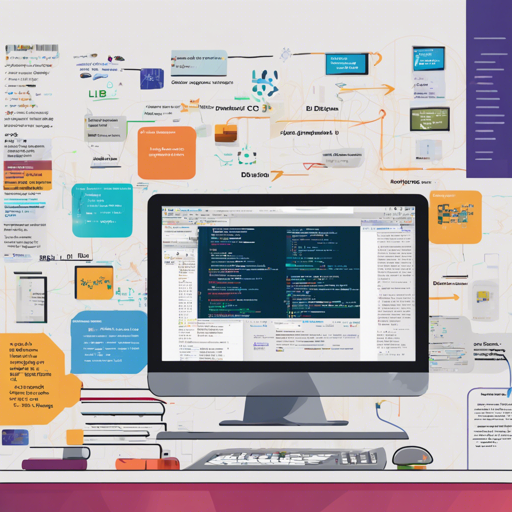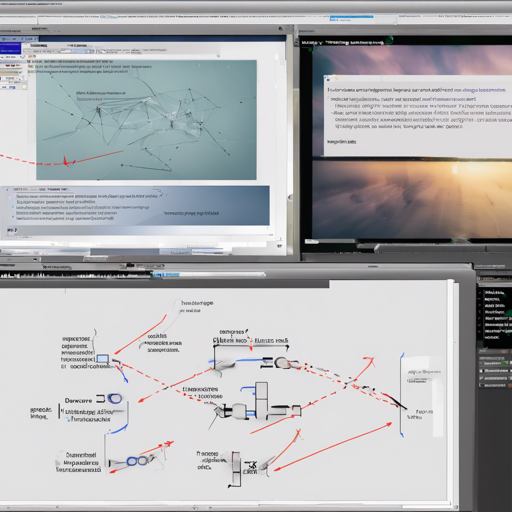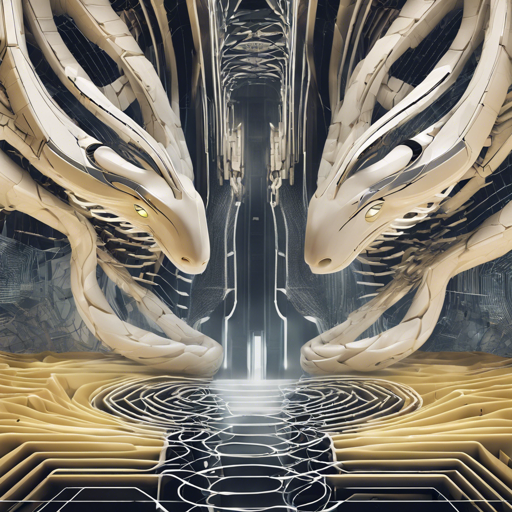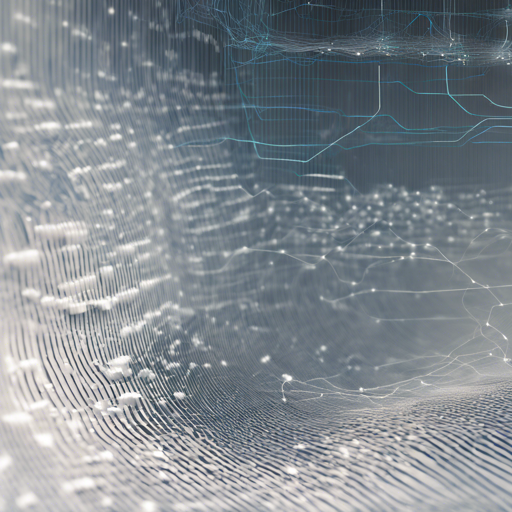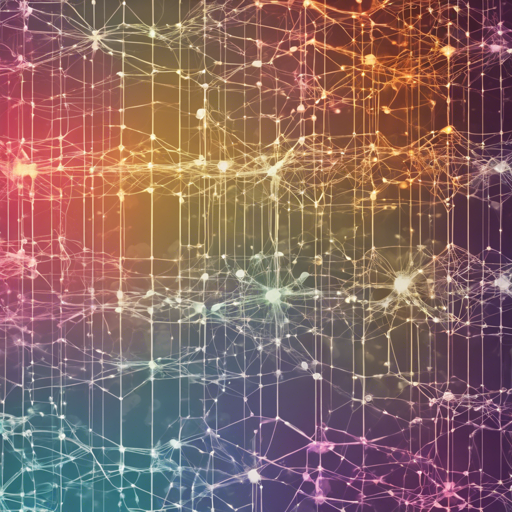Dlib is a state-of-the-art C++ toolkit packed with machine learning algorithms and tools that help developers forge complex software solutions to tackle real-world challenges. This guide will walk you through the steps to compile Dlib, run example programs, and even...
How to Get Started with Scikit-Image: Image Processing in Python
Scikit-image is a powerful library that allows you to perform image processing in Python seamlessly. Whether you're a novice looking to dabble in image manipulation or an expert wanting to apply advanced techniques, Scikit-image offers a plethora of tools at your...
How to Get Started with img2img-turbo for Image Translation
Embarking on a journey into the world of image translation may seem daunting at first, but with img2img-turbo, it becomes a delightfully creative experience. This tool utilizes advanced models like CycleGAN-Turbo and pix2pix-turbo to transform your sketches into...
How to Get Started with MambaVision: A Hybrid Mamba-Transformer Vision Backbone
Welcome to the exciting world of MambaVision! This blog post will guide you on how to effectively utilize the MambaVision framework for advanced image classification and feature extraction tasks. MambaVision is built on a novel hybrid architecture that incorporates...
PowerGridworld: A Framework for Multi-Agent Reinforcement Learning in Power Systems
Welcome to a journey through PowerGridworld, an innovative framework designed specifically for creating multi-agent environments in the realm of power systems. This framework caters to the growing need for effective reinforcement learning (RL) solutions tailored to...
Unlocking the World of Deep Learning: A Hands-on Approach
Have you ever found yourself mesmerized by the way AI can see, think, and learn? Welcome to the fascinating realm of deep learning, a subset of machine learning that mimics the human brain's structure and function. Today, we’ll take you through some essential...
Mastering Reliability Engineering with the Python Library *reliability*
In the world of engineering and analytics, ensuring the reliability of products and understanding how they perform under various conditions is paramount. The Python library *reliability* emerges as a powerful tool that significantly enhances the capabilities for...
A Comprehensive Guide to Implementing Wave-U-Net for Audio Source Separation
Are you ready to dive into the world of audio source separation with Wave-U-Net? This powerful convolutional neural network applies innovative techniques directly on raw audio waveforms, allowing you to distinguish between separate audio sources. This blog will guide...
Lambda Networks – A State-of-the-Art Approach to Image Recognition
In the world of machine learning, innovation is key. One of the latest trends shaking up the scene is Lambda Networks, a model that has been pushing the boundaries of image recognition by achieving state-of-the-art (SOTA) results on datasets like ImageNet. This...

